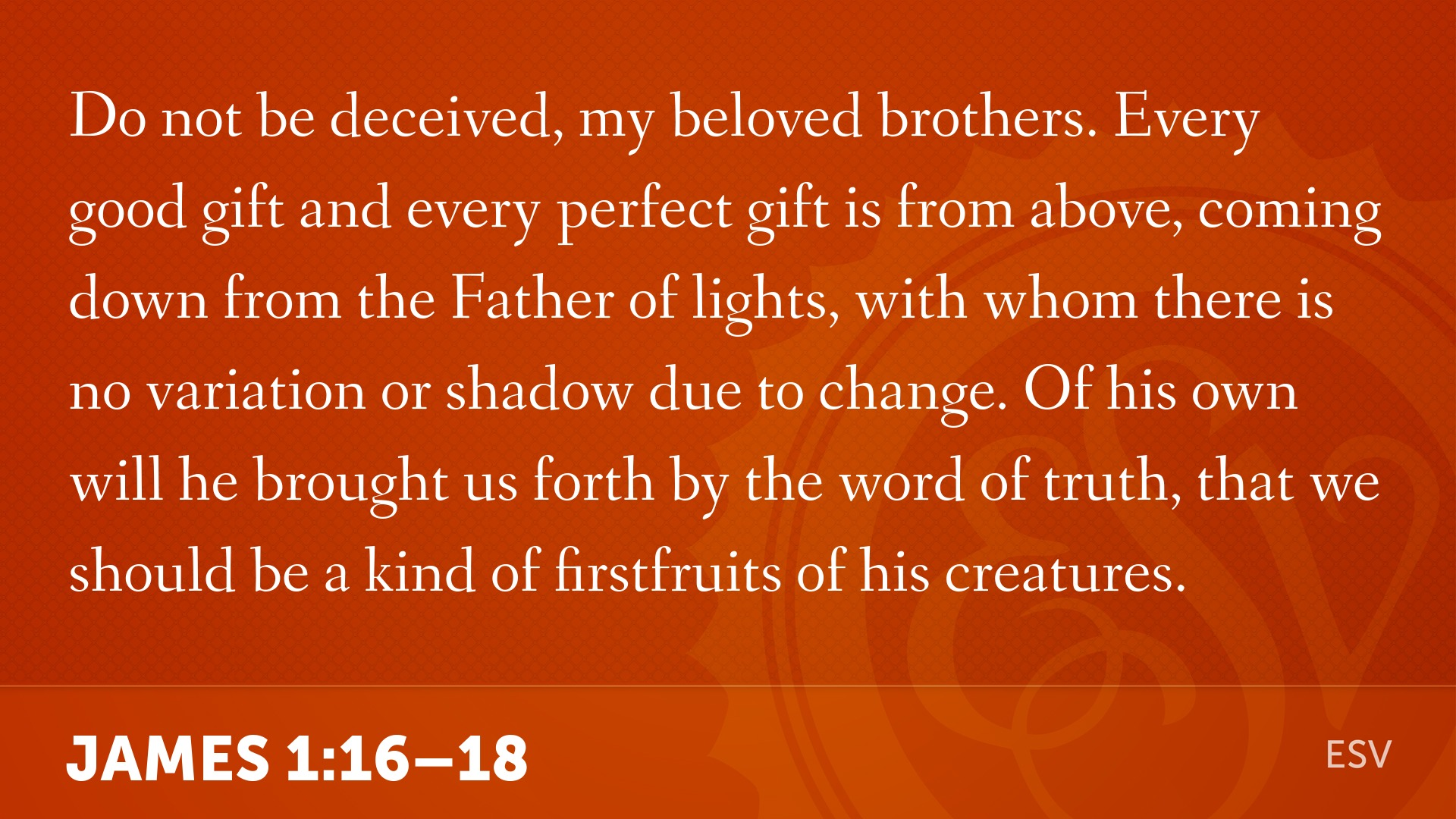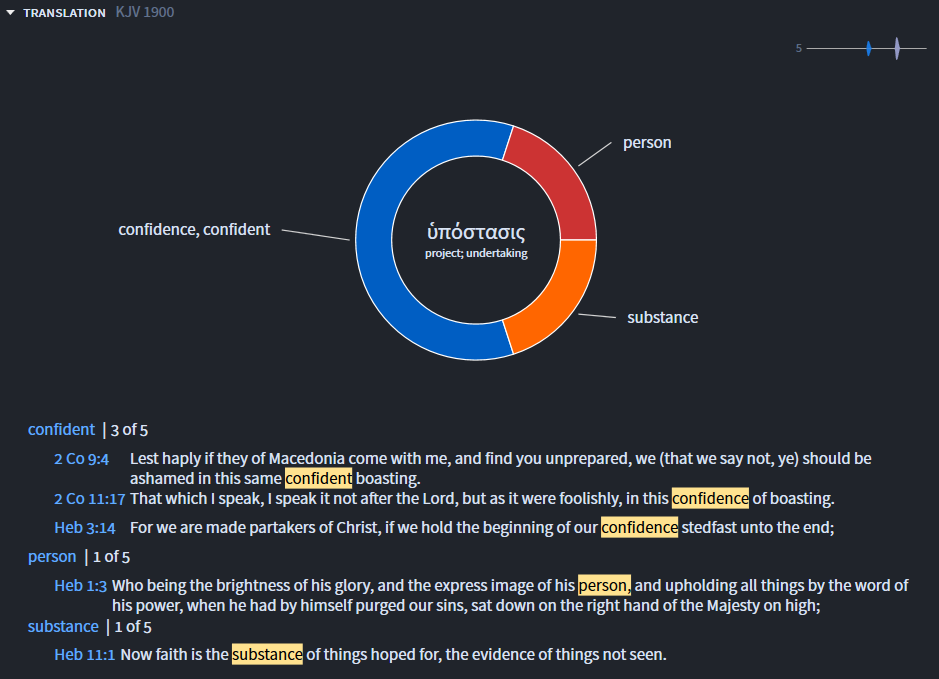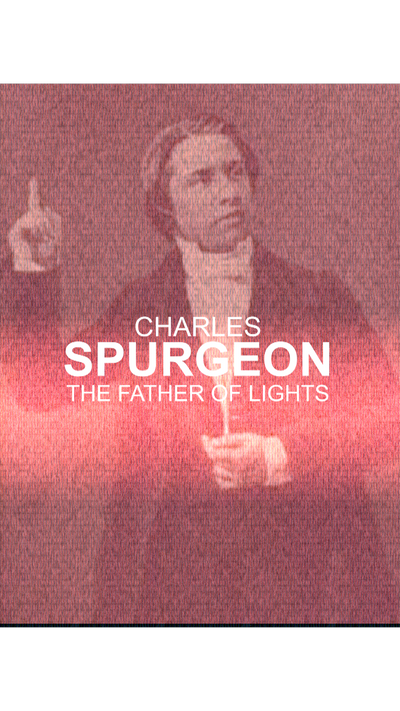In this post, we want to highlight two terms that were used in the first published sermon of Charles H. Spurgeon, "The Immutability of God", which we recently posted as a video sermon. Today we will be reflecting on what is meant by "The Father of Lights" and "The Hypostatic Union".
If you'd like to read or watch the full sermon, it can be found here.

The Father of Lights
James 1:17 is the only biblical text that uses the term, "Father of lights", and it has been interpreted in different ways. Some scholars have understood this phrase to simply be an indication that God is the creator of the heavenly bodies, i.e. the stars and planets. Others see a deeper meaning to the phrase and a poetical allusion to the perfect and immutable nature of God. Johann Spangenberg wrote the following:
Why does he call God a Father of lights? With God there is no darkness, no alteration, no change, rather there is pure light. He is not inconstant, unstable, or rash, but is immutable. Our days are often darkened by clouds and night, but with God there is no shadow nor darkness. Our wisdom is often darkened by error, but with God there is eternal wisdom. Because we know these things we should dutifully attend to them so that we may come out of darkness, lies, and error, and so that we may participate in the divine light, truth, and wisdom. Then we shall be conformed as devout children to our beloved Father. 1
When read in the context of the surrounding verses, we see that James is describing God as "The Father of lights" who is the source of all good and perfect gifts and noting that "of his own will he brought us forth by the word of truth".

With this biblical context in view, Huldrych Zwingli noted the following:
Since he had shown that every evil is from us, he now shows through the antithesis that God is the source of every good. Nothing comes from God that is not good. If we detect anything of evil in us, God, the source and origin of all good, should by no means be accused, but all guilt must be ascribed to us, who are sinners by nature. If on the other hand we detect anything of good in us, we know that this is a gift of God. And it seems that this language savors of a Hebraism and exchange of words: “Every good thing is from God” instead of “It is necessary that whatever comes from God or from above is good, for it is not fitting for evil to be ascribed to God.” Thence when it says, “from the Father of lights,” it is a Hebraism, instead of “author of light,” or instead of “the highest light from which flows whatever light there is in heaven and on the earth.” 2
These valuable insights help us gain a fuller appreciation of the phrase, "Father of Lights", and it's usage in James 1:17.
The Hypostatic Union
Now, let us take a few moments to consider the doctrine of the Hypostatic Union.
Pastor Spurgeon states in his sermon, "The Immutability of God", that "[God the Son's] essence did not undergo a change when it became united with the manhood. When Christ in past years did gird himself with mortal clay, the essence of his divinity was not changed; flesh did not become God, nor did God become flesh by a real actual change of nature; the two were united in hypostatical union, but the Godhead was still the same."
We first should define what hypostasis is. It is a Greek term (ὑπόστασις) used five times in the New Testament in Hebrews and 2nd Corinthians. In a literal sense, it refers to a thing that "stands under". We can think about it as substance from the Latin, substantia, which is how it was translated by the KJV in Hebrews 11:1 (KJV). We can also think of it as one's person or nature as in Hebrews 1:3 (KJV).

The doctrine of the Hypostatic Union is important for Christians to understand, because a firm grasp of it will protect us from falling into dangerous error regarding our understanding of Christ and His two natures. Docetism and Ebionism were two early heresies that the Church had to deal with. Each adopted an unbalanced and unbiblical Christology. Docetism held that Christ was God but not really man. The Docetists believed He only took on the appearance of a man. On the other hand, Ebionism held that Christ was man but not God. The orthodox trinitarian doctrine of the Hypostatic Union holds that Christ is both fully man and fully God.
In The Person of Christ, Donald Macleod traces the origin of the term "Hypostatic Union" to Cyril of Alexandria who had been writing in opposition to Nestorius:
"The term ‘hypostatic union’ (kath’ hypostasin enosis) makes its first appearance in Cyril’s Second Letter to Nestorius (3): the Logos united flesh to himself (kath’ hypostasin). It also occurs several times in the Five Tomes against the Blasphemies of Nestorius. ‘For the word of truth’, he writes, ‘sets forth that the Word of God has been kath’ hypostasin united to the flesh.’" 3
The doctrine of the Hypostatic Union was formally accepted by the Church at the council of Chalcedon in 451 AD. The doctrine built off of the prior affirmation of the council of Nicaea in 325 AD that God the Son is of the same essence as God the Father.
As specified in the Chalcedonian definition of the doctrine, the divine and human natures of Christ “remain distinct, whole, and unchanged, without mixture or confusion so that the one person, Jesus Christ, is truly God and truly man.” 4
Ken Samples summarizes a proper understanding of the Hypostatic Union in his 2004 book, Without a Doubt: Answering the 20 Toughest Faith Questions:
Christ is one in substance (homoousios) with the Father in regard to his divine nature and one in substance with humanity in regard to his human nature. The two natures are perfectly united forever in the one person (hypostasis) of Jesus Christ. The resulting hypostatic union refers therefore to the union of the two distinct natures in the one person of Jesus Christ (neither dividing the person nor confounding the natures). Philosophically speaking, as the God-man, Jesus Christ is “two Whats” (that is, a divine “what” [or nature] and a human “what” [or nature]) and “one Who” (that is, a single “person” or “self”). 5
We hope that this supplementary article will be helpful to our readers as they thoughtfully consider the words of Pastor Charles H. Spurgeon in his sermon, "The Immutability of God".
Charles Spurgeon - Father of Lights Video
Footnotes
1. Spangenberg, Postilla Teütsch, 5:13r–14v; citing 1 Cor 15:10
2. Zwingli, Expositio in Epistolam beati Iacobi, 10v.
3. Macleod, D. (1998). The Person of Christ. (G. Bray, Ed.) (p. 188). Downers Grove, IL: InterVarsity Press.
4. Craig A. Blaising, “Hypostatic Union,” Evangelical Dictionary of Theology, ed. Walter A. Elwell (Grand Rapids: Baker, 1984), 540.
5. Samples, K. R. (2004). Without a Doubt: Answering the 20 Toughest Faith Questions (pp. 122–123). Grand Rapids, MI: Baker Books.





Join the conversation